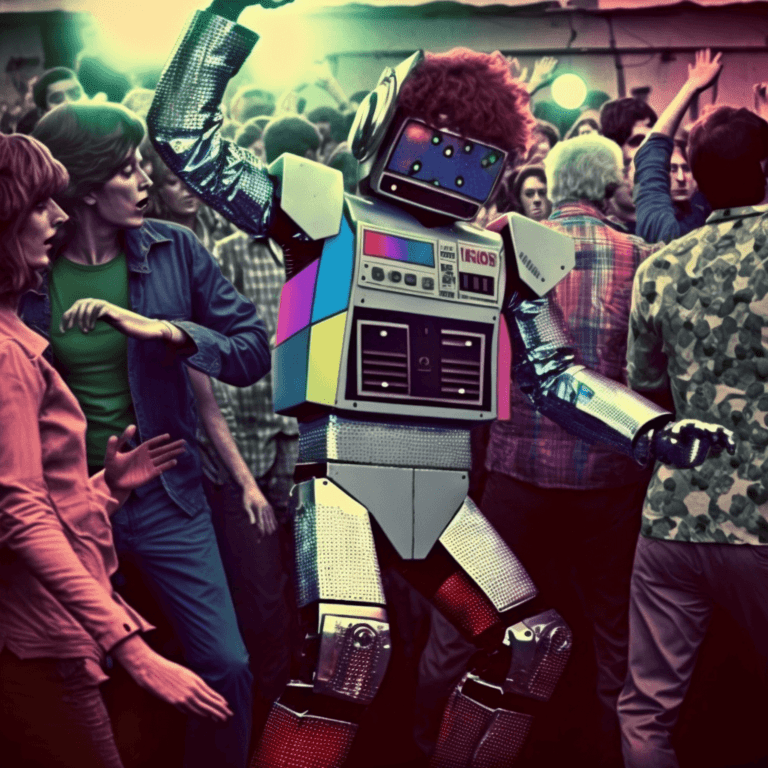Chord progression
A chord progression is a series of chords played in a specific order, forming the backbone of a song and giving it a sense of direction and emotion. They are important building blocks of music.
Imagine a chord as a group of musical notes that are played together. Each chord has its own distinct emotion. When we string chords together in a progression, it can evoke a sense of tension and relief.
Now, let’s delve deeper. In Western music, chord progressions usually follow certain patterns or sequences. The most common one is the “I-IV-V” progression, which uses three chords based on the first, fourth, and fifth notes of a musical scale. For instance, in the key of C major, the chords would be C (the “I” chord), F (the “IV” chord), and G (the “V” chord). This simple yet effective progression forms the backbone of countless songs across various genres.
Chord progressions are everywhere. From the catchy pop tunes you hear on the radio to the soulful ballads that tug at your heartstrings, chord progressions play a pivotal role in defining the mood and atmosphere of a song.
For example, consider the hit song “Someone Like You” by Adele. The song’s chord progression is primarily based on the chords of A major, E major, F# minor, and D major. The subtle changes between these chords create a poignant and melancholic vibe, perfectly complementing the song’s emotional lyrics and Adele’s powerful vocals.
In summary, chord progressions are the building blocks of music. They are like the roadmap that guides musicians and listeners through the musical journey. By combining different chords in unique sequences, musicians can evoke various emotions and tell compelling stories through their melodies.

So what’s this site all about anyway?
Well, if you ever find yourself needing music for anything – a YouTube video, a podcast, a school project, a presentation, TV commercial or even a film – then browse, preview and download any of our tracks





